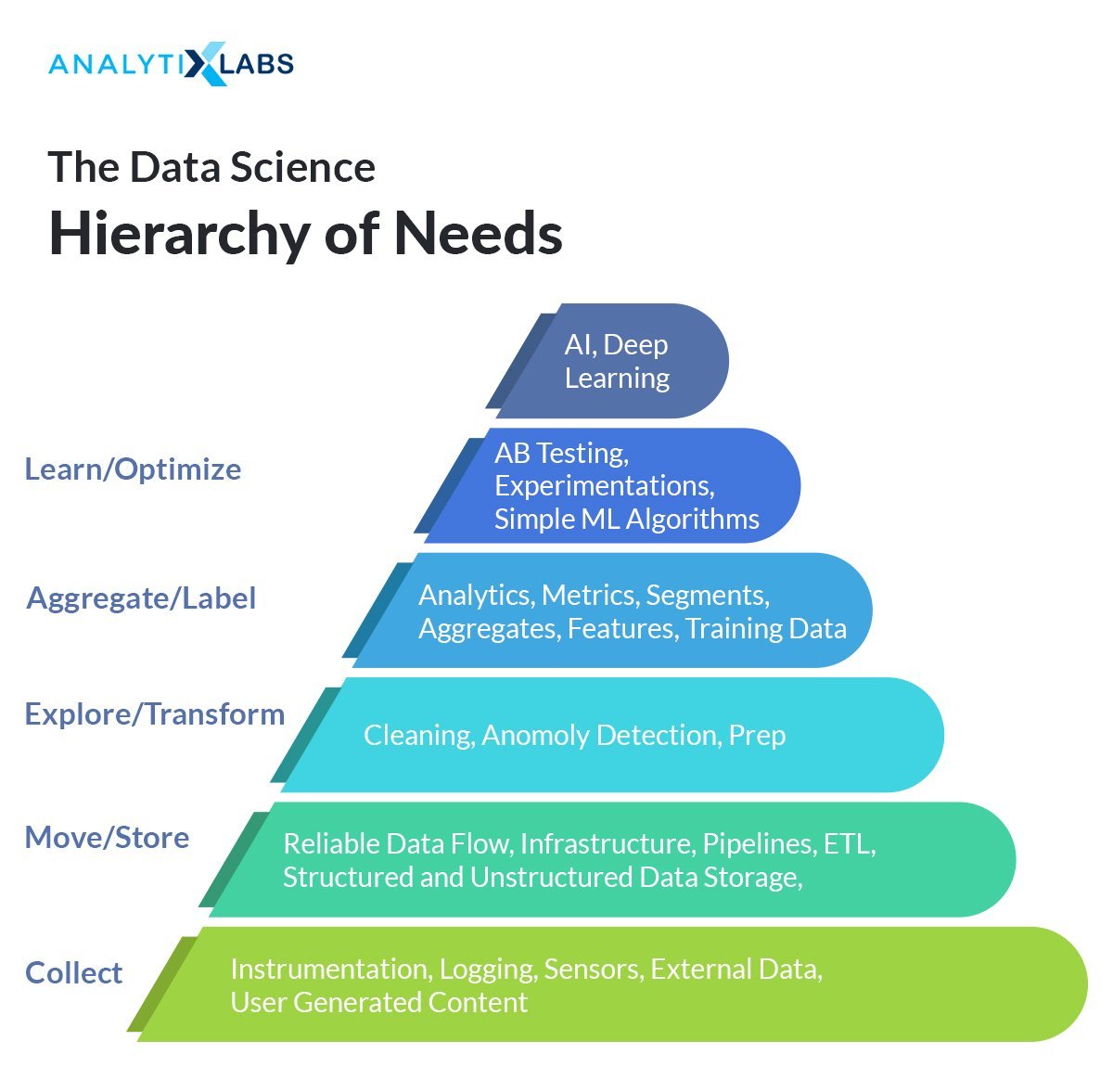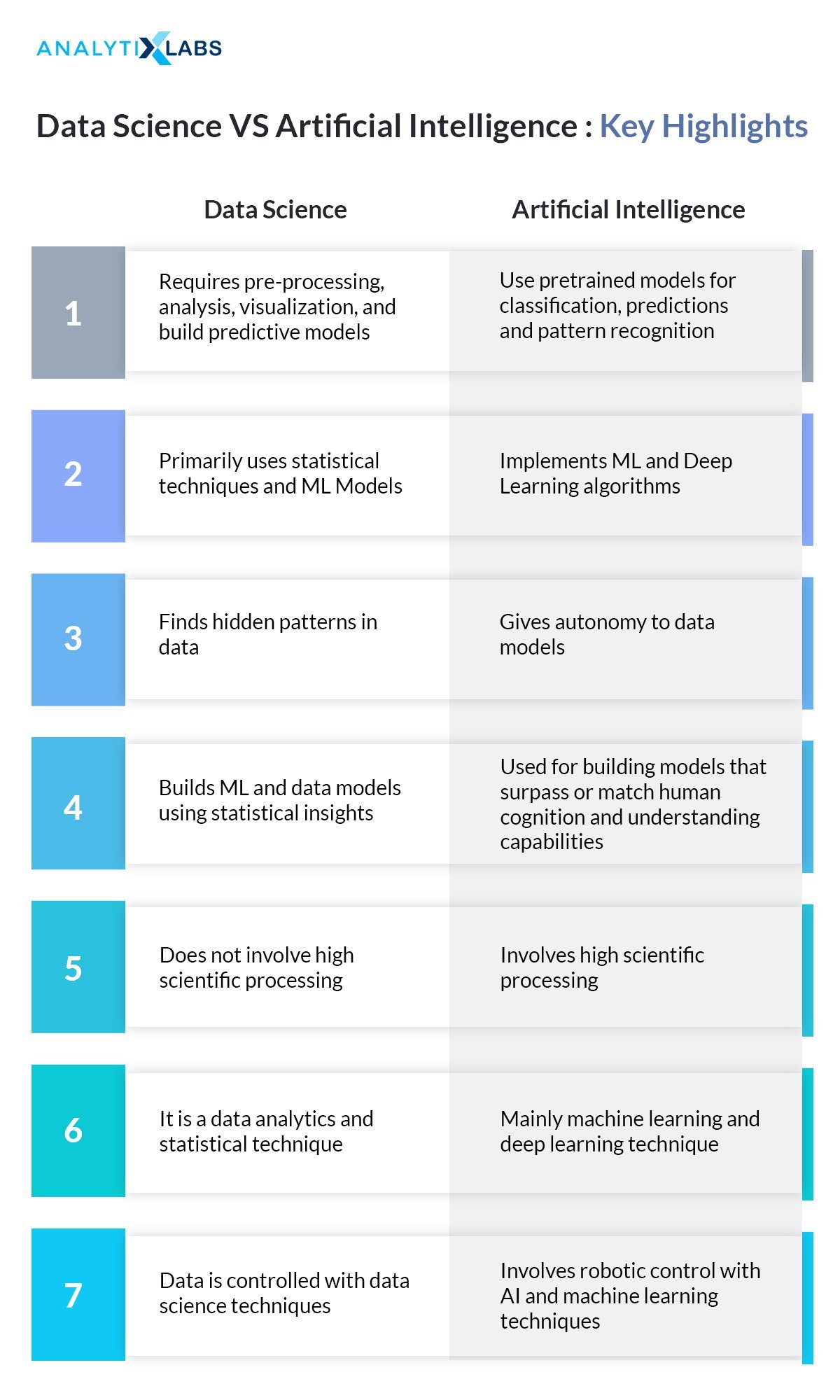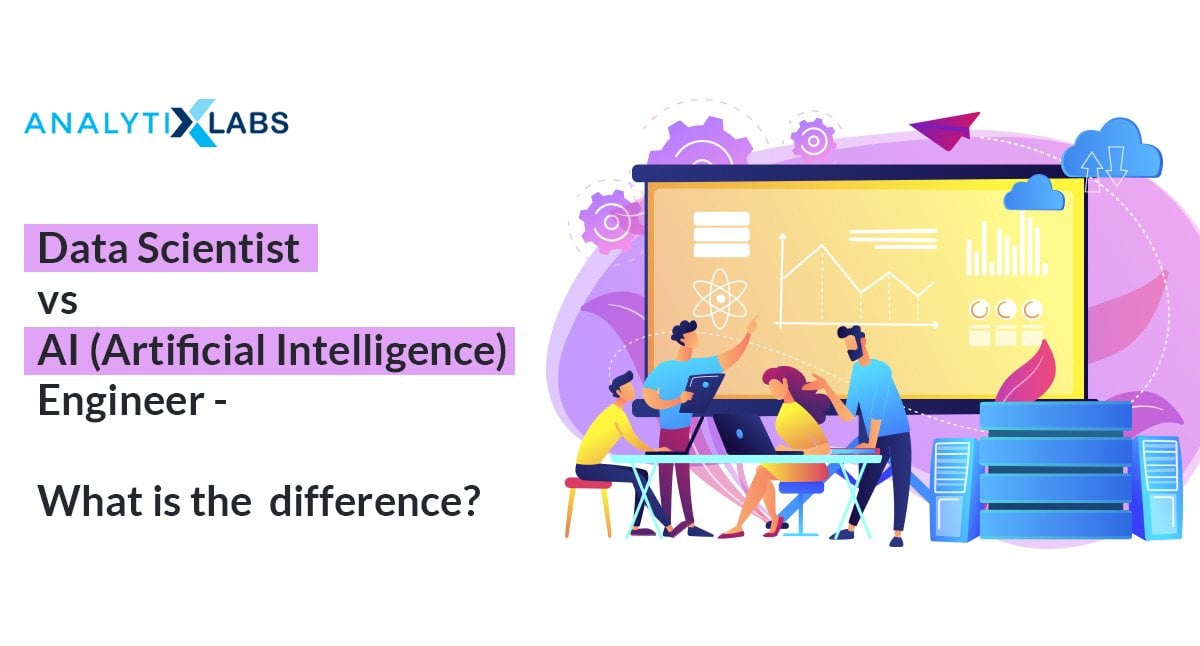The role of a data scientist or an AI (Artificial Intelligence) engineer has evolved over the last five years. So much so that these roles have become synonymous with complex problem-solving skills.
This is evident looking at Gartner’s prediction for AI job markets. Gartner has predicted 2020 as a pivotal year for AI as artificial intelligence will drive job openings. The estimated numbers show that AI has the potential of driving 2.3 million jobs in 2020 alone.
While all these reads rosy and quite a bit positive, the challenge is the skill gap.
Reports state that in 2019, 97,000 data science job opportunities remained vacant because of the dearth of appropriate talent.
The market scenario currently shows a lot of scope for data scientists and machine learning experts in various government and private sectors. But there is a huge gap when it comes to finding the candidate with the right kind of skill.
Experts have deduced that this raging gap is happening because of two major factors:
- Candidates seem to get confused about the various job roles, skill-set requirements, and how to acquire them. This often leads candidates to have half-baked skillsets because they cannot know which skill set will help them make a break-through.
- The other side of the story shows, companies are failing to retain that handful of candidates. Research shows that data science and AI professionals prefer to learn while working. This is simply because the complexity of problem-solving is learned only when they handle real issues upfront. In such a situation, if companies are not willing to give enough scope for learning, the skill gap will continue to grow.
Another major issue is the tendency of data science talents to hop from one company to another. While companies have issues in retaining, the overwhelming need for talents to migrate to another project in lieu of learning new technologies and skills is a challenge. Reports show 58% of respondents stayed at their present company for 1 or fewer years.
Can this gap be bridged?
Yes. The most crucial step to bridging this gap in understanding the fundamental differences between each data science-related concepts. For instance, many tend to overlap data scientists to be the same as an AI engineer.
While it would be entirely wrong to state that these two are opposites, it also makes sense to understand the underlying differences to make the right career move.
Data Science vs. Artificial Intelligence: Conceptual Differences
Data Science and Artificial Intelligence are complementary concepts in the world of data. Yet, there are underlying differences that we often end up skipping.
Putting it crisply: Data science puts into use artificial intelligence in its operations. These two terms are often used interchangeably.
- Data Science may contribute to AI, but it does not uphold the whole of it. It involves various fields like Programming, Statistics, and Mathematics. It requires Data Scientists to be thorough in understanding data patterns and trends to make out meaningful analysis. From data extraction to manipulation, from visualization to maintaining the data, a data scientist is trusted to predict companies’ futuristic trends. Data Science is also a way towards Artificial Intelligence.
- Artificial Intelligence, on the other hand, is the intelligence possessed by a machine. It is designed along with the blueprints of the natural intelligence of humans and animals. Using various algorithms, AI performs autonomous actions. These autonomous actions are similar to those performed in the past and were essentially successful.
For more details, you may like to read What is applied AI?
AI is a tool or a set of procedures that can make intelligent autonomous decisions. A data scientist may use AI to analyze chunks of data. This is best explained in Maslow’s Hierarchy Model for Data Science depicted by Hackernoon. In this, each component represents a data operation that a Data Scientist performs.
However, each step is inter-related to the next and former one. This means one cannot survive or function without the other. If you are jumping stages, then you might fail as well.

This pyramid also highlights the major differences between AI and Data Science. For instance, various companies look for pure AI roles like deep learning scientists or machine learning engineers. These positions are defined for products that are already developed and are in life. These roles may require knowledge of data science tools like Python and R but may also require proper computer expertise.
Contrary to this, a Data Scientist is responsible for making data-driven decisions for a company. Using SQL and NoSQL queries, a data scientist extracts data, implements various cleaning models, deeply analyzes the data, and pinpoints various data patterns and trends to predict future events. If required, a Data Scientist also implements deep learning algorithms for rigorous data classifications and predictions.
Data Science vs. Artificial Intelligence: Key Highlight

Now you know what Data Science and Artificial Intelligence mean. You’ve also come across the various responsibilities a Data Scientist and an AI engineer have.
Related: What Are Different Career Paths in Artificial Intelligence?
This brings us to the next part: Acquiring requisite skillsets.
The very first step is to understand the desired skillsets for each of these roles. Here’s what you need to know:
Key skills for Data Scientist roles:
- Affluent with Statistics and Fundamentals
- Big Data Analytics and Interpretation
- Proficient with programming languages R and Python
- Adept with data visualization and communication
- Good understanding of machine learning modeling
- Understanding of Natural Language Processing (NLP)
Key skills for Artificial Intelligence Engineering roles:
- Proficient with computer science fundamentals
- Understand unstructured data management techniques
- Know how to use Big Data tools like Pig, Hive, and Hadoop
- Understand cloud computing for AI on cloud
- Pro in Python or R (may also need languages like C++, Java, Scala, etc.)
- Pro with the implementation of machine learning and deep learning models
- Pretrained Natural Language Processing (NLP) and Natural Language Generations (NLG) models
The next thing to know is: where to start. You can start on AnalytixLabs, where you’ll find data science-related courses. Each course material is designed to help you acquire specific skillsets and prepare you professionally. Here are some courses you MUST start learning.
To become a Data Scientist:
- Data Science and Machine Learning with Python
- Business Analytics 360
- Machine Learning Certification Course
To become an AI engineer:
- Applied AI and Machine Learning Specialization
- Artificial Intelligence Engineering Course
- AI and Deep Learning with Python
You may also like to read: How to Become an AI Engineer? Know about Skills, Role & Salary
In Conclusion
Why should you worry about learning these skillsets in 2021?
To begin with, a simple Google Trend comparison shows the upwards trends for machine learning, data science, and AI.

Add to this, and you already know about Gartner’s estimation of about 2.3 million AI jobs in 2020. Simultaneously, IBM has revealed that an increment of 364,000 to 2,720,000 data scientist job openings will occur in 2020 itself. In fact, the same report states that 2020 will see an astonishing 700,000 openings due to this demand.
It is already evident that data engineers and AI specialists are already in demand, and the dearth of good talents is rising. In such situations, if you are adept and ready with requisite skillsets, there’s no stopping you from being a data genius.
Get started with AnalytixLabs to get a step closer to your dream career!
You may also like to read:
1. Artificial Intelligence Tutorial – Guide For Beginners
2. Data Scientist Job Description | Role of Data Scientist
3. What Is the Future of Data Science and Artificial Intelligence?








